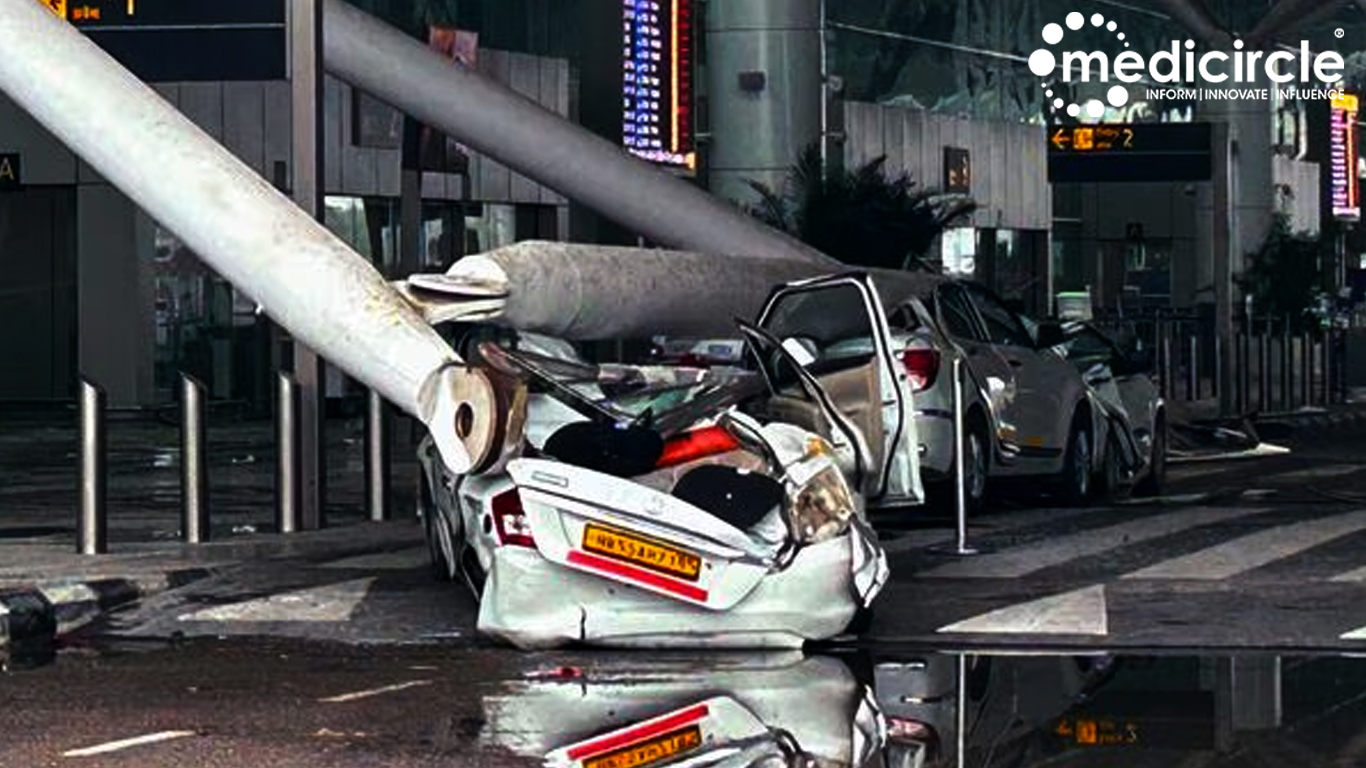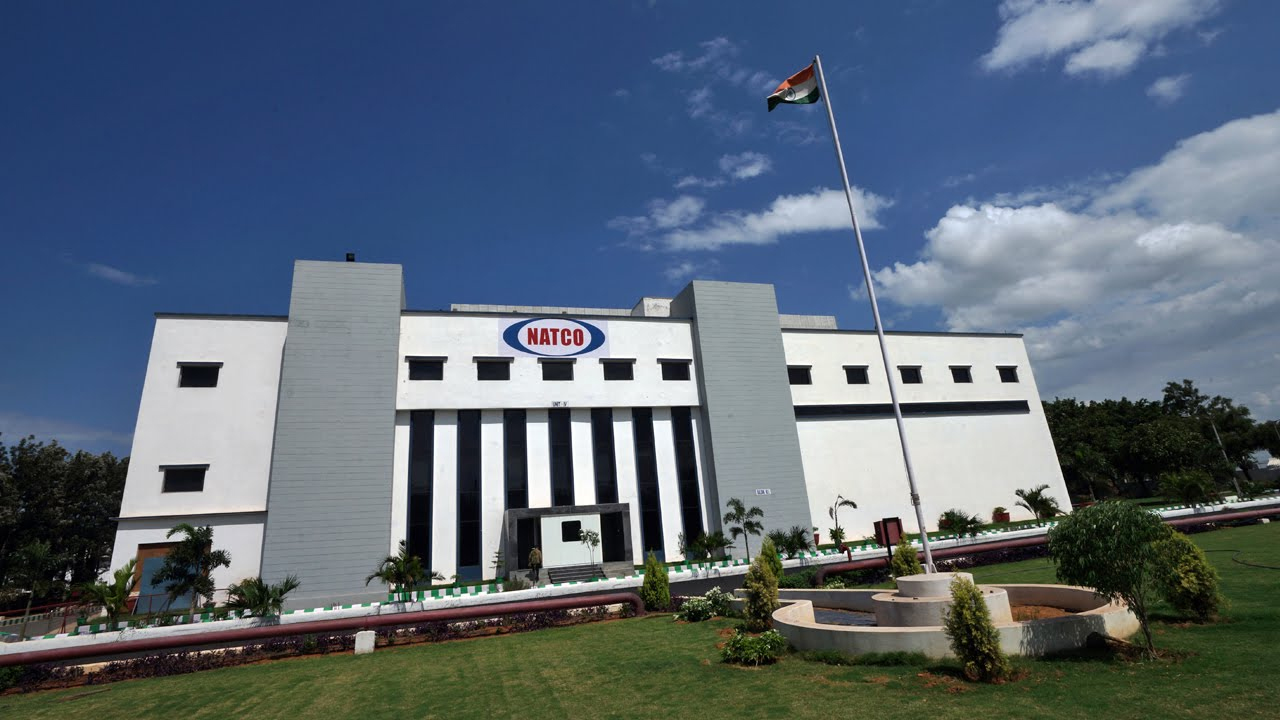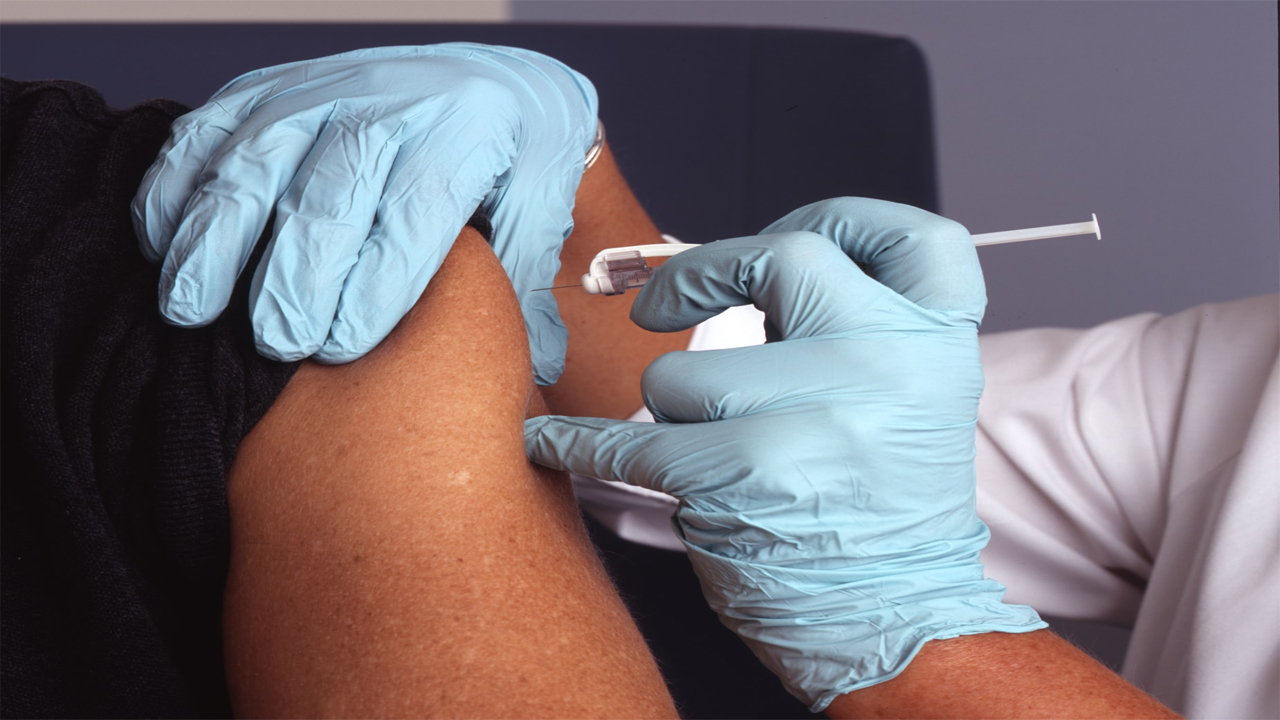On Friday, heavy rains and strong winds led to a partial collapse of the roof at Terminal 1 (T1) of Delhi International Airport. This tragic incident resulted in the death of one person and injuries to eight others. The Delhi International Airport Limited (DIAL) promptly formed a committee to investigate the collapse.
Around 5 AM, the canopy at the old departure forecourt of T1 collapsed due to severe weather conditions. According to a DIAL spokesperson, the primary cause of the collapse seems to be the heavy rainfall, with Delhi Safdarjung recording 228.1mm of rain in the last 24 hours. This was the highest 24-hour rainfall in Delhi in June since 1936.
Emergency response teams, including firefighters, medical personnel, and airport operations staff, quickly initiated rescue operations. All passengers and individuals at T1 were evacuated to ensure their safety. The collapse caused significant damage to four vehicles and resulted in minor injuries to eight people. Immediate medical assistance was provided at the Medanta Centre at Delhi Airport before the injured were shifted to ESI Hospital and Indian Spinal Injury Centre, and later to Safdarjung Hospital for further treatment.
DIAL has set up a committee to thoroughly investigate the cause of the collapse. While the heavy rains are considered the primary factor, the committee will assess all possible reasons and ensure accountability. The findings of this investigation will be crucial in preventing such incidents in the future.
In light of this incident, DIAL is expected to review and enhance its safety protocols to better prepare for extreme weather conditions. Ensuring the structural integrity of airport facilities will be a top priority. Additionally, the airport management will likely increase regular inspections and maintenance to prevent similar occurrences.
Despite the collapse, the airport managed to carry out rescue and evacuation operations efficiently. However, such incidents raise concerns about passenger safety and airport infrastructure resilience. The aviation industry must address these issues to maintain trust and ensure the safety of all travelers.
The tragic loss of life and injuries have drawn attention to the importance of robust infrastructure and emergency preparedness. Public support and condolences have poured in for the victims and their families. The incident has also sparked discussions on the need for better urban planning and disaster management in response to extreme weather events.
The roof collapse at Delhi Airport’s Terminal 1 is a sobering reminder of the challenges posed by extreme weather conditions. The prompt response by emergency teams helped mitigate the impact, but the incident exposes the need for enhanced safety measures. As DIAL investigates the cause and implements necessary improvements, the focus remains on ensuring the safety and security of all airport users.

 Such incidents raise serious concerns about passenger safety and airport infrastructure resilience. The aviation industry must address these issues to maintain trust and ensure the safety of all travelers.
Such incidents raise serious concerns about passenger safety and airport infrastructure resilience. The aviation industry must address these issues to maintain trust and ensure the safety of all travelers.


















.jpeg)

.jpeg)










.jpg)




.jpg)

